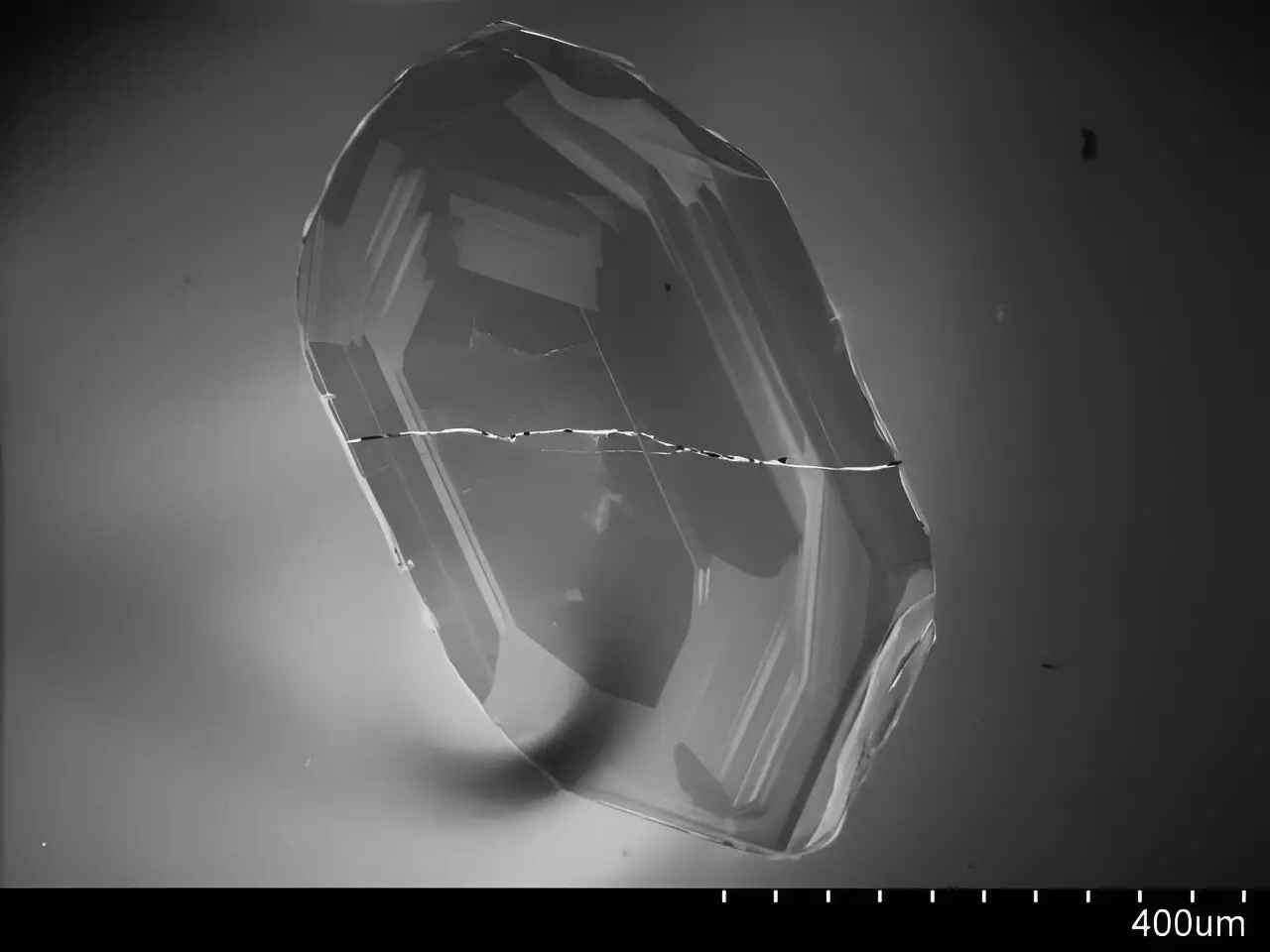Recent research sheds new light on the dynamics of plate tectonics as it existed four billion years ago, suggesting a complexity previously underestimated. Led by a team from the University of Wisconsin-Madison, this study, published in the Proceedings of the National Academy of Sciences, undertakes a meticulous exploration of ancient earth processes through the lens of zircon minerals found in some of the oldest crustal fragments. The findings offer tantalizing implications regarding the evolution of tectonic processes and their relationship to life’s development on our planet.
The researchers focused specifically on zircon minerals from the Saglek-Hebron Complex and the Acasta Gneiss Complex, dating back between 4.0 to 2.7 billion years. Zircons, known for their remarkable durability and resistance to weathering, were pivotal in unveiling the ancient tectonic environments. Rather than following a straightforward evolutionary model of tectonic interaction, their findings reveal a mosaic of tectonic styles that coexisted. This contradicts earlier models which posited an almost linear progression — from early volcanic activity through to the more complex interactions we see today with tectonic plates colliding and subducting.
The Implications for Life on Earth
Emily Mixon, the study’s lead author, emphasizes that the connections between tectonic activity and the planet’s habitability are profound. Plate tectonics plays a critical role in the long-term cycling of carbon and water, both of which are essential for life. Understanding how tectonics operated in Earth’s prehistoric epochs could provide insights not only into our own geological history but also into the conditions that may foster life on other planets so far unexplored. As researchers investigate these ancient behaviors, they pave the way for a deeper understanding of planetary processes and their consequences for potential habitability beyond Earth.
The study challenges the conventional wisdom regarding the evolution of tectonic activity and its physical manifestations. The realization that multiple tectonic mechanisms coexisted in the early Earth posits that ancient geological events were less linear and more diverse than previously recognized. This paradigm shift reverberates through our understanding of not only Earth’s geological history but also informs astrobiological expectations. As the quest for extraterrestrial life continues, investigating how tectonic processes shape planetary environments becomes paramount.
Ultimately, this research underscores the need for a revised interpretation of early Earth’s tectonic mechanisms and their implications. As we delve deeper into the vestiges of our planet’s past, we inch closer to unlocking the mysteries of life’s origins and the fundamental processes that drive planetary evolution. The study serves as a clarion call for further investigations into both historical and modern tectonic processes, expanding the understanding not just of our planet, but of the universe’s potential for life. As we seek conditions that might favor the emergence of life elsewhere, the lessons learned from Earth’s early geological narrative may guide future explorations into the cosmos.


Leave a Reply